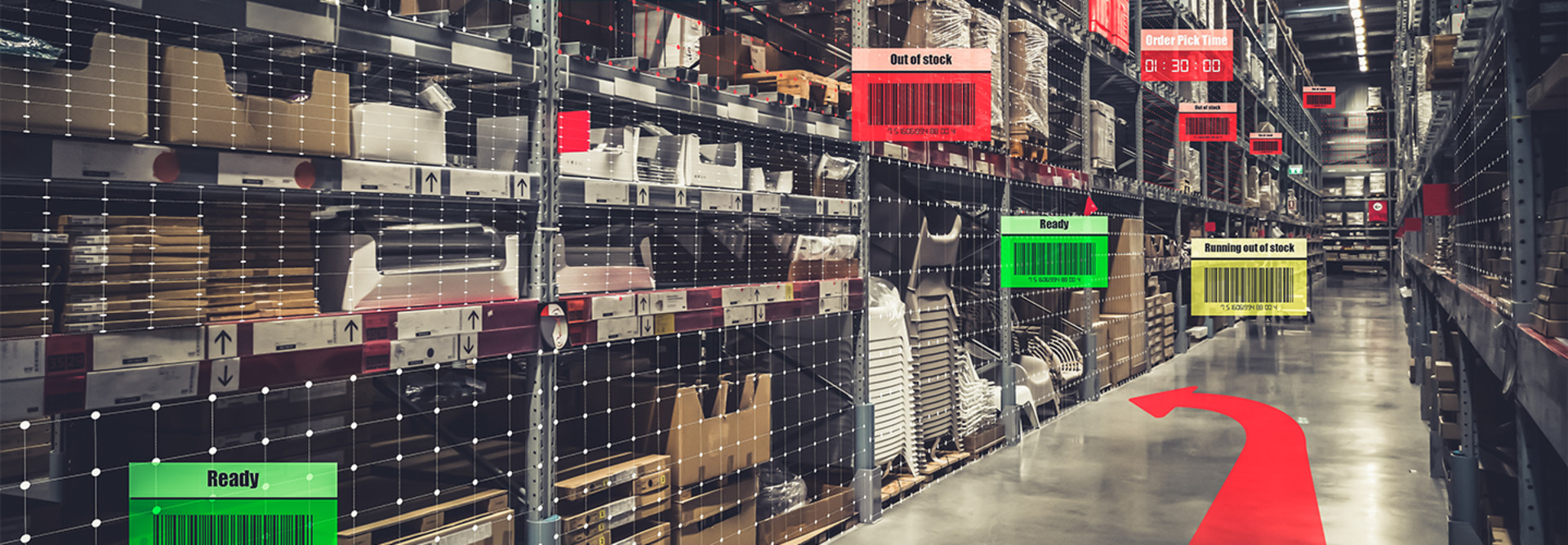2. IoT Makes It Easier to Monitor Goods in Transit
As much as 11 percent of goods accrue some level of damage in transit to distribution centers. And whether these goods are en route to a retailer or that retailer’s customer, such damage has a significant financial impact. For instance, retailers may lose out on additional sales when they receive inventory that is in poor condition. Plus, an estimated 20 to 30 percent of customer returns during a holiday season are related to damage, further hampering sales and profit while also potentially damaging brand trustworthiness.
New IoT devices, such as Bluetooth temperature and humidity sensors, can help combat this problem by providing real-time reports on conditions in addition to a shipment’s location. With cloud inventory software, it’s even possible to configure alerts to receive immediate notification when conditions go out of range.
EXPLORE: Emerging technology can help address supply chain issues.
3. IoT Can Help Streamline Inventory Orders
Walking through a warehouse to find items to ship may seem simple enough, but a scattered inventory layout can make the job more complicated than necessary. Employees can spend hours longer than they should searching for and retrieving items, especially when there’s a large number of unique items in storage. And as order picking accounts for over 50 percent of fulfillment center operations and 55 percent of warehouse operating costs, this wasted time can prove costly in a hurry.
An IoT-based picking system can help streamline this process by enabling employees to see exactly where everything is before they go to grab an item. Further, the data this system garners over time can be used to inform a more efficient inventory layout; for instance, by placing the most frequently ordered items closer to the front of storage, a fulfillment team can improve its operational speed in addition to its accuracy. As a bonus, the organized inventory layout may also save money on upkeep as inventory will be prone to less wear and tear.
LEARN MORE: How companies can overcome supply chain problems.
4. IoT Data Can Make Shipping Faster and More Efficient
When it comes to order shipment, customers value speed. In fact, 69 percent of buyers are less likely to shop from a store again if their purchase isn’t delivered within two days of the promised delivery date, and 20 percent will pay a marginal increase in shipping fees to ensure faster shipping. Considering this, it’s in many retailers’ best interest to speed up the shipping process.
As with organizing inventory layouts, IoT-based picking systems can help speed up shipping by streamlining the picking process, enabling employees to pack and ship products with greater efficiency.
IoT can also help speed up the shipping process when packages are in transit. With a telematics system, for instance, IoT can help retailers gather data about which routes are fastest and use this information to schedule shipment times and routes accordingly, significantly shortening delivery times. Advanced telematics systems can even leverage real-time IoT data about weather and traffic to adjust routes during transit, much like GPS. That’s why UPS has saved roughly 100 million miles and 10 million gallons of fuel per year since the launch of their ORION program.











